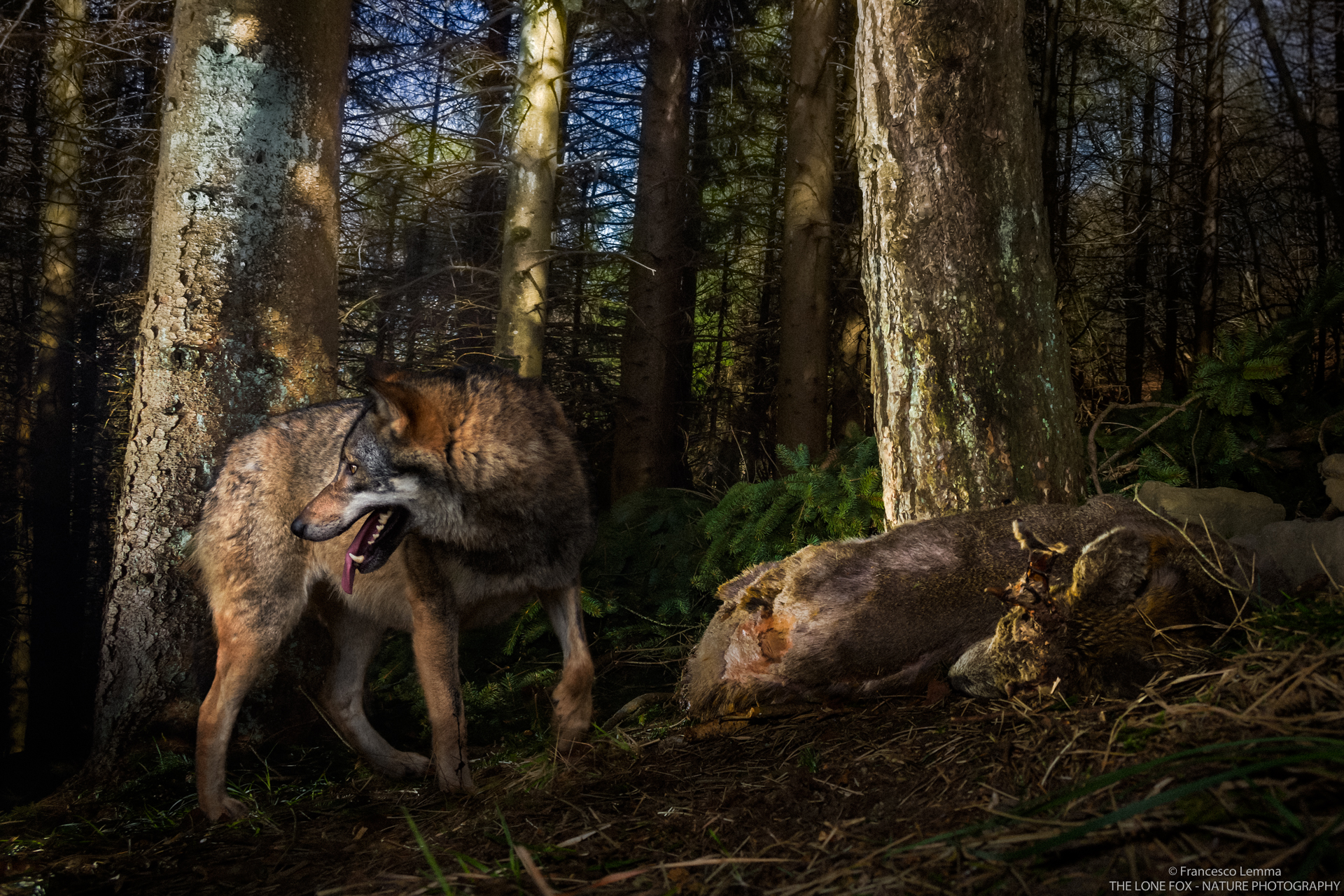Immagine:

Wolf and citizen science: educate to conserve
Among the monitored species, wolf is one of main interest. In Italy the wolf has little by little recolonized the areas from which it has disappeared in the 20th Century, and is now distributed throughout the Appennines and over the Alps with a favourable conservation state. Among the threats to its conservation, the conflicts with anthropic activities assume primary importance, amplified by a growing disinformation spreading via web and print media. Therefore, the issue of wolf conservation must be addressed with integrated solutions: research, prevention and dissemination must go hand in hand, in order to obtain useful tools for a correct coexistence. Among these, the involvement of citizens in monitoring activities is a valuable tool. Wolf howling is one of the non-invasive wolf census techniques, exploiting its natural tendency to howl. It consists in the emission of registered howls thus inducing vocal responses from wolves, allowing to determine their presence or absence, to estimate their minimum number and to ascertain their reproduction through the puppies’ response. Since the 70s, in Canada, some National Parks have opened wolf howling sessions to the public, creating opportunities for environmental education and public awareness.
Taking inspiration from these experiences, the Park Authority decided to approve a specific regulation for the execution of the wolf howling for educational purposes. The document has been carefully studied in order not to disturb the species and, at the same time, to collect useful data that can ben integrated with ordinary monitoring. The sessions are authorized primarly to the Environmental Hiking Guides in limited numbers (24 for each admitted guide), in a defined period of time (November, December and January) and in pre-established sites, assigned exclusively by the Park Authority and evenly distributed in time and space.
This is both to precede the mating period and to limit the use of wolf howling to the months when the species is less sensitive, as the puppies of the year are already grown and follow the adults. Additionally, only the howling of a single individual is used for sound stimulation, simulating a natural, less aggressive and typical behaviour of the dispersion period. The authorized Guides must attend a training course, covering topics such as: wolf biology, monitoring techniques, howls identification and use of equipement, with practical lessons too. Furthermore, the authorization requires the presentation of a specific training project: each guide must prepare a program, to be proposed to its groups, including information on wolf ethology and monitoring activities carried out by the National Park. All activities are carried out in collaboration and under the supervision of the technicians of the Park and the Carabinieri Department.
The Authority firmly believes that, on the whole of actions aimed to monitor and improve the knowledge of the wolf, training and dissemination play an important role. Even today, there are many commonplaces and ancestral fears which unfortunately somehow undermine the integrity of this species and aim to change European and national legislation that has contributed to the achievement of the current state of conservation.
The participants to the howling sessions are about 480 every year: they are surely stimulated by this fascinating monitoring technique and, while visiting the Park, they receive an accurate and correct information about the wolf. The role of the guide and the intent of these extraordinary sessions is to couple the didactic activity and an increased knowledge of the wolf and its environments in the Appennine with the discovery of the natural environment through an unique and suggestive experience.
Check the events calendar for information on scheduled guided tours.
For further information: 0575/503029 – promozione@parcoforestecasentinesi.it










 Integra Solutions
Integra Solutions